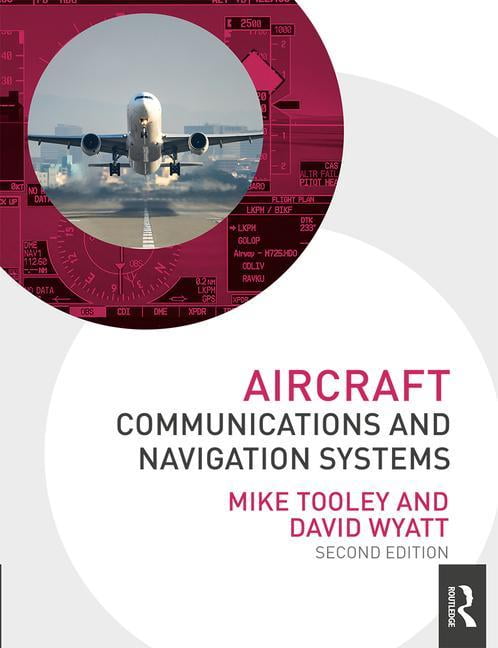



, via Wikimedia CommonsGuggenheim would select the operation managed by Harris “Pop” Hanshue, a famed race car driver who ran Western Air Express (WAE), which would later become Western Airlines before ultimately joining the Delta family. In fact, only Hanshue and Varney had the vision to accept our proposition.” In recollection of a meeting on that Harry Guggenheim, son of Daniel Guggenheim, had summoned to propose his fund idea to the leading air mail contractors, Harry would comment, “All of the big shots of the air mail in that stage of development threw cold water on the idea of flying passengers. (As such, the National Aviation Hall of Fame credits the Guggenheim fund with the providing of an “equipment loan for operating the first regularly scheduled commercial airline in the United States”.). The project would be officially announced on October 4, 1927, with the Guggenheim group selecting Western Air Express as the recipient of its funding for the experiment. It would establish one or more “thoroughly organized” passenger routes with radio communications and meteorological services approved by the Department of Commerce’s Aeronautics Branch. In 1927, a fund was setup by the Guggenheim family to create a “model airline” in order to provide a successful blueprint that all airlines could follow and to demonstrate to the American public that commercial passenger service could be safe, dependable, economically feasible, and even comfortable. Courtesy of the Boston Public Library, Leslie Jones Collection. Harry Guggenheim and Charles Lindberg leaving New Western Air Express plane in 1928. The elder Daniel Guggenheim would say of aviation at a 1925 groundbreaking ceremony for construction of the nation’s first school of aeronautics at a major American college, “I consider it the greatest road to opportunity which lies before the science and commerce of the civilized countries of the earth today.” Together, they shared the vision of making passenger airtravel a sustainable reality, along with the spirit of boldness to make it happen. One of those breakthroughs was spurred on by a group of individuals in the mid-1920s led by the Guggenheims – a family who amassed a great fortune in the mining industry, and then turned their focus towards giving back to society. And there are a few critical breakthroughs as well that would play a important role in the birth of a new industry. Similarly, in the history of commercial aviation there is evidence of gradual evolution – from stunt plane and site seeing passenger flights to flying airboats that flew just a few feet above the water to the first real examples of modern air travel involving regularly-scheduled overland air service using land-based runways. Though several others can claim successful efforts at manned, powered flight prior to Kitty Hawk (see article, “First Human Flying Machines”), the Wright Brothers hold a special place in history because of the profound and lasting impact of their achievement in relation to modern aircraft design (three-axis control). The Wright Brother’s accomplishment would of course be one such breakthrough. But when and where does commercial aviation find its inception? COMMERCIAL AVIATION HISTORYįrom the earliest beginnings, man’s ascent to flight has been one of gradual progress, accented by a handful of dramatic breakthroughs. According to the International Air Transport Association (IATA), airlines in 2014 connected 3.3 billion people and 52 million tonnes of cargo over 50,000 routes, supporting 58 million jobs and delivering goods with a value of $6.8 trillion. Commercial aviation has changed the world immeasurably, facilitating world trade and economic growth, bringing people together in a way that was not possible before, and simply making the world a more connected place.


 0 kommentar(er)
0 kommentar(er)
